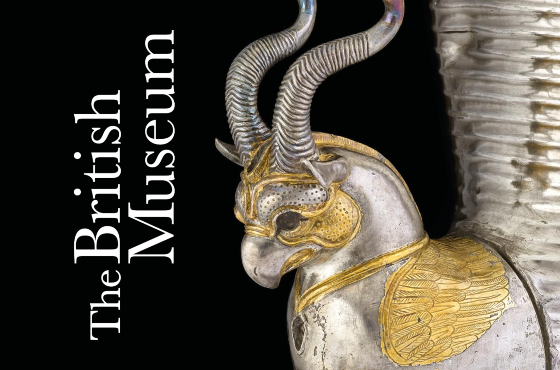Gold Tops the Euro. Dollar Next?
Dollar 'unattractive' as gold becomes No.2 reserve...
The US DOLLAR, when measured against a basket of other major currencies,
has declined by approximately
10% this year through mid-June and is currently trading at its lowest level in three years, writes
Frank Holmes at US Global Investors.
That's no small dip, and
there may be additional downside
risk due to concerns over America's growing deficit and the ongoing fluctuations in tariffs.
In a note to
clients, UBS says the Dollar is now "unattractive", with further declines expected as the US economy
slows.
Meanwhile, Bloomberg reports that foreign vendors − from Latin America to Asia − are asking US importers
to settle invoices in Euros,
pesos and renminbi to avoid the currency swings.
This is a far cry from the
post-World War II era, when the
greenback was the unquestioned default for global transactions.
One of the
surest beneficiaries of the
Dollar's weakness has been gold. Priced in Dollars, the precious metal has tended to move inversely with
the Dollar's
value.
That inverse relationship has been on full display this year, with gold
trading above $3,400 per
ounce, approximately $100 off its record high.
Even at these elevated prices,
central banks around the world
have continued to accumulate. According to the World Gold Council (WGC), official sector gold purchases
exceeded 1,000 tonnes in each
of the last three years, which is more than double the annual average of the previous decade.
Institutions now hold nearly as much
gold as they did back in 1965, during the Bretton Woods era.
A recent European
Central Bank (ECB) report
noted that, for the first time ever, gold now represents a larger share of total global foreign exchange
reserves (20%) than the Euro
(16%).
This is remarkable, and it aligns with recent survey data from the WGC
showing that 95% of central
banks expect to increase their gold reserves over the next 12 months. That's the highest figure since
the WGC's survey
began.
Much of the gold buying is occurring in the Global South. Countries like
Turkey, India, China and
Brazil have all increased their gold holdings in recent years.
Many of these
nations are also exploring
alternatives to the Dollar-based financial system, which they increasingly see as a source of
vulnerability rather than
stability.
Consider Asia. CNBC reported how member countries in the Association
of Southeast Asian Nations
(ASEAN) are implementing a regional plan to reduce their dependence on the Dollar by settling more trade
in local
currencies.
China is doubling down on its own payments network, the
Cross-Border Interbank Payment System
(CIPS), which offers a Yuan-denominated alternative to SWIFT − the Society for Worldwide Interbank
Financial Telecommunication, which
facilitates international transactions between banks and institutions. Just this month, China announced
six new foreign banks as
participants in the system, stretching its reach across Africa, the Middle East and Central
Asia.
Since
Russia's invasion of Ukraine in 2022, Western sanctions have highlighted the risks of holding too many
Dollar-based assets. According
to the ECB, in five of the 10 largest annual increases in gold's share of central bank reserves since
1999, the country in question
had been sanctioned either that year or the one before.
For many emerging
economies, gold serves as a form of
geopolitical insurance. Treasury holdings and access to SWIFT can be frozen at any time. It's more
challenging to do the same with
physical gold stored in a domestic vault.
To be clear, the Dollar isn't going
anywhere anytime soon. It still
dominates global trade and debt markets, accounting for around half of all transactions
worldwide.
But its
supremacy is gradually slipping, and the evidence is mounting.
That means
American investors − especially
those in or approaching retirement − should think carefully about how exposed their portfolios are to a
single currency. Just as
central banks are hedging their Dollar exposure with gold and foreign assets, individuals and households
may want to do the
same.
I've long advocated the 10% Golden Rule. Consider allocating 10% of your
portfolio to gold and
gold-related investments − 5% in physical bullion, and 5% in high-quality gold mining stocks.







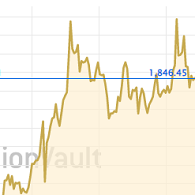
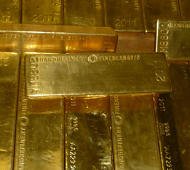
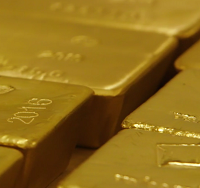
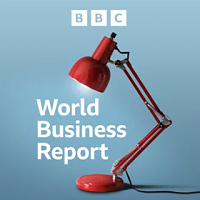
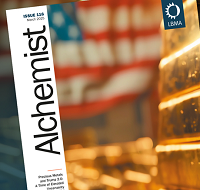
 Email
us
Email
us